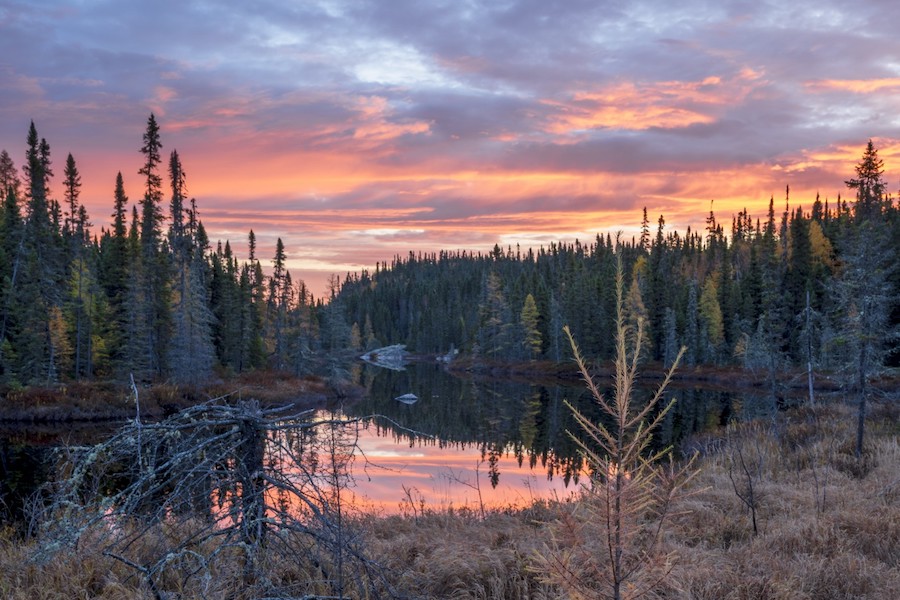
The move would give the Toronto-based company Trillium’s namesake project, which hosts the former Edwards and Cline gold mines, less than 20 km from the community of Dubreuilville.
Acquisition of Trillium has expanded Alamos’ land package around Island gold by 57%.
Alamos said that based on the current geological interpretation of the E1E structure which hosted its Island deposit, there was strong potential for an expansion onto the Trillium mineral tenure.
“The acquisition of Trillium is consistent with our strategy of consolidating prospective land in proximity to our Island Gold mine, where we have had tremendous exploration success over the last several years,” president and CEO, John McCluskey, said in the statement.
Included within the Trillium land package is the Highland property, which is in the final year of a five-year option agreement. Following the exercise of the option, expected on February 26, 2021, Alamos will own 100% of the asset
The miner announced in July the phase-three expansion of Island Gold to 2,000 tonnes per day, which is expected to increase output 72% to 236,000 ounces a year from 2025. The project should also reduce all-in sustaining costs 30% to $534 per ounce and double the mine life to 16 years.
Total investment needed will be $1.1 billion, including sustaining capital, with $514 million for a shaft expansion, Alamos said at the time.
Buying shares back
The company has also announced its intention to make a normal course issuer bid (NCIB) to purchase for cancellation up to 35.1 million shares, representing 10% of its public float, over the next 12 months. Under a previous NCIB completed this year, Alamos bought and cancelled 1.1 million shares.
Gold’s record run to almost $2,000 an ounce earlier this year injected fresh cash flows and driven a surge in shares of bullion producers.
Analysts believe sustained strong prices for the precious metal will test industry actors’ discipline. Most gold miners embarked on a spending a spree about decade ago, when bullion was soaring, but then paid for it when prices nosedived.




